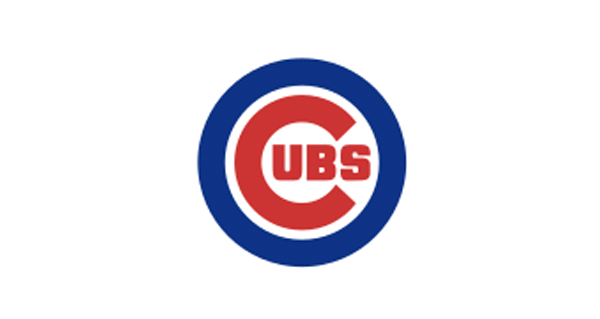The 2019 MLB Draft is over. While there’s certainly plenty of arguing to be done, and some notable tidbits (e.g., the White Sox using their third-overall pick on Andrew Vaughn, who is now the first primary first baseman to go in the top-five since Eric Hosmer way back in 2008), we’re going to have to wait for years before we can truly talk about the fruits the draft hath borne. We can, however, talk about another thing that the draft means right now: the lack of draft pick compensation (and other penalties, potentially) for teams that sign free agents who received qualifying offers from their former teams.
Dallas Keuchel and Craig Kimbrel share more in common than two of the more impressive beards in the sport. Both found themselves sidelined this past offseason after hitting free agency and, now, have sat out a third of 2019’s games. While we can (and should) argue over the merits of their agents’ demands, we don’t really know enough about the offers that were received, and clearly the qualifying offer had an impact on teams’ decisions.
But at least those days are now behind us and both players can now be had for nothing but money. Sure enough, one of them has already found a home, with Kimbrel signing a three-year, $42 million deal (plus a $16 million vesting option and $1 million buyout for 2022) with the Chicago Cubs, and it couldn’t have come at a better time for his new team.
The Cubs are currently in first place in the NL Central, with a 34-26 record and a one-game lead over the Brewers and sit 3.5 ahead of the Cardinals. But it’s been a tough road for them to this point after a 5-9 start, and their overall record belies just how shaky the bullpen has been.
While their relievers’ collective 4.17 ERA is 10th in MLB, they drop to 14th place with their 4.38 FIP and then things get uglier when we look at peripherals, as the relief corps’ 8.93 K/9 is 20th and their 4.71 BB/9 is tied for the 29th worst mark with the Marlins. Win probability stats, which can be a better tool for judging relievers, place them in the middle of the league, with a -0.44 WPA and -4.85 RE24 that both come in 14th. But we should probably turn to the stat that fans fear most: the blown save. Cubs relievers have 12 of them, tied for the second worst in MLB, with only the Mets (of course) worse off.
There have been injury issues. Brandon Morrow saved the most games of any Cub last year, but he missed most of the second half of 2018 and underwent elbow surgery last November, and there’s still no indication of when he’ll return. The pitcher who stepped up to replace Morrow last season, Pedro Strop, just returned this week after missing a month with a hamstring injury. There have been performance issues, with formerly reliable players like Mike Montgomery and Carl Edwards, Jr. suffering from massive ERA jumps.
Simply put, the Cubs have needed bullpen help, probably as much as any team in baseball, especially given the difficulties of playing in the most difficult division in baseball this year. Not that there aren’t other teams who could have used the help (for example, basically the whole non-Miami NL East), but the Cubs were clearly one of the teams that could use a reliever who’s likely on a Hall of Fame trajectory.
Kimbrel struggled down the stretch and then in the postseason for Boston, so it’s easy to forget that his 42 saves helped to get his team in the door for another World Series title. The command was an issue last year (as it has been at various times in his career), but he was still striking out almost 14 hitters per 9 IP on the season. Sure, the walks are going to make things interesting sometimes, but his 4.48 BB/9 in 2018 is actually better than the Cubs’ bullpen as a whole this year.
Kimbrel got the kind of deal he probably should’ve gotten all along, given the fact that he’s 31 years old and teams aren’t going to sign relievers over thirty to six-year deals these days, which is purportedly where his agent started the negotiations. Three years at around $15 million a year, plus an option for a fourth? That’s the kind of deal you give to a reliever who has been one of the best in baseball for years, even if he’s on the wrong end of the aging curve.
Ultimately, Kimbrel ended up with a team that needed him, but how he got there is not a pleasant pill to swallow. It’s been a couple of years since we took a very deep dive into the qualifying offer system. The new CBA that took effect since then at least limited players to only one qualifying offer in their career, but that was basically taking ibuprofen instead of getting the Tommy John surgery. It helps, but it doesn’t solve the problem. To be fair, it’s just one problem among many (see: this offseason’s extension bonanza). But it’s a shame that Kimbrel had to wait for a third of a season to get out there and pitch, on what turned out to be a rather sensible and acceptable deal, given the fact that so many teams in baseball could use a Craig Kimbrel right now.



